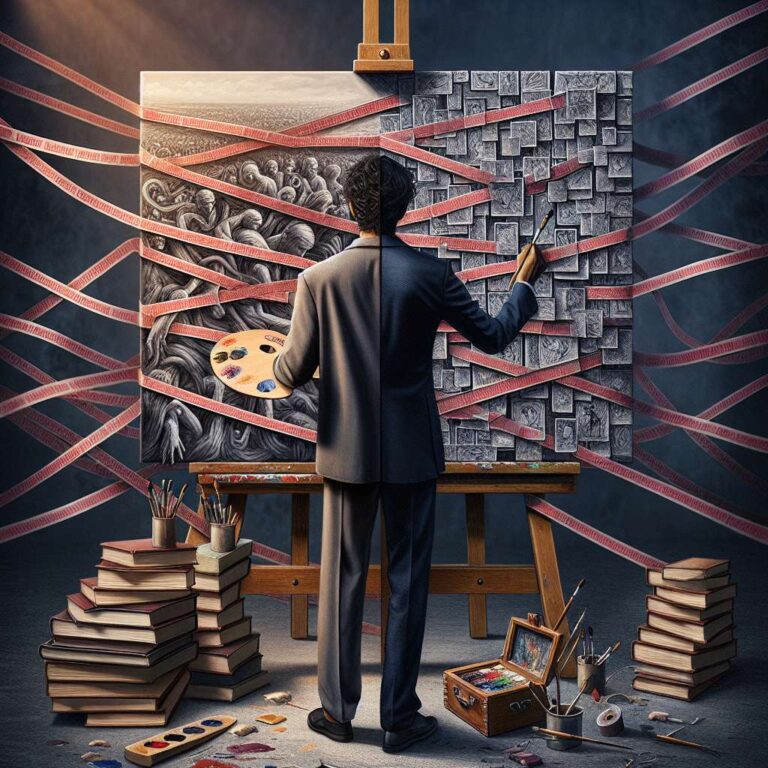Strolling through museums in Amsterdam, Boston, and Milan, the author reflects on how history’s iconic artists, including van Gogh, Dalí, and Picasso, thrived by borrowing, reinterpreting, and remixing the works of their predecessors. Van Gogh reimagined a Japanese woodblock print by Eisen, Dalí drew inspiration from Bruegel, and Picasso synthesized diverse traditions. Today, however, such intertextuality is fraught with legal peril instead of being celebrated as creativity’s lifeblood. Recent US Supreme Court and high-profile cases like the Warhol-Goldsmith and Sheeran-Townsend lawsuits highlight a legal climate skeptical of what counts as transformative—and increasingly hostile to borrowing, even as it is fundamental to art.
The rise of generative Artificial Intelligence complicates the picture. Artificial Intelligence models, trained on vast datasets of existing works, enable recombination and reinterpretation at unprecedented scale and speed. This prompts existential and legal questions: Who owns an Artificial Intelligence-generated work? The prompt writer, the model developer, or the authors whose works informed the model? With professional adoption accelerating in areas as varied as academic research and film, the landscape is rapidly evolving, outpacing regulatory bodies like the US Copyright Office, which now allows copyright for Artificial Intelligence-generated outputs so long as there is meaningful human input.
Despite fears that mass Artificial Intelligence use could dilute originality and muddy claims of authorship, the author argues that creativity has always been recursive and collaborative. Tools—from the word processor to generative models—are just the latest extension of creative labor. As professionals quietly integrate Artificial Intelligence into writing, composing, and producing, the real danger lies in letting copyright anxieties chill a tradition built on transformation. If the law insists on strict ownership and absolute originality, creativity itself is at risk of stagnation. The standard, the essay contends, must be meaningful human engagement, not technological purity or unattainable originality.

